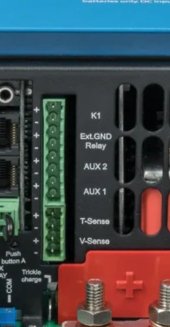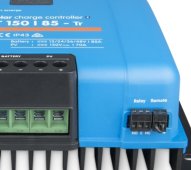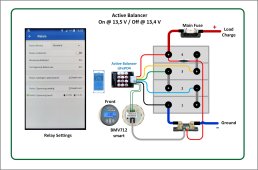Since a full discharge and letting it sit there for a week without recharging it!? (Does this happen in your case or ..?) Isn't a healthy thing for your cells, wouldn't setting your lvd in the BMS a bit higher to 3.15V or so more advisable? Btw can't imagine this scenario happens to too many.
Anyway i would also connect the lvd after the BMS and not directly to the battery. Further i would try to get and use a low quiescent current one. Many of those commercial ones i have read the specs of are pretty power hungry but that might be not an issue if you have lots of energy to spare like many.
BTW meanwhile i realized I hardly have to use my active balancer, it's off duty most of the time. Part of it is due that my cells are pretty well matched as well my charger stops at cell friendly 13.9V where the voltage difference isn't usually that dramatic. also now with the easy accessable switch the annoying part of plugging in and out the plug which bugged me is gone. I am actually already fine with just the switch together with all the peace of mind providing new knowledge i gained since opening this thread ? (Lvd module, customized active balancer and ESP + relay already ordered?).
But for someone who doesn't monitor his battery frequently, has unmatched cells etc, someone who needs/likes something more automatic, for them our collected solutions will come pretty handy. Before i thought i need a smart solution but now I will test those smart solutions just for the sake of science, to satisfy my curiosity, cause i already ordered it anyway and who knows maybe i will come to prefer them over status quo, discover that the merits outshine the drawbacks (additional parts which could fail, consume energy).







